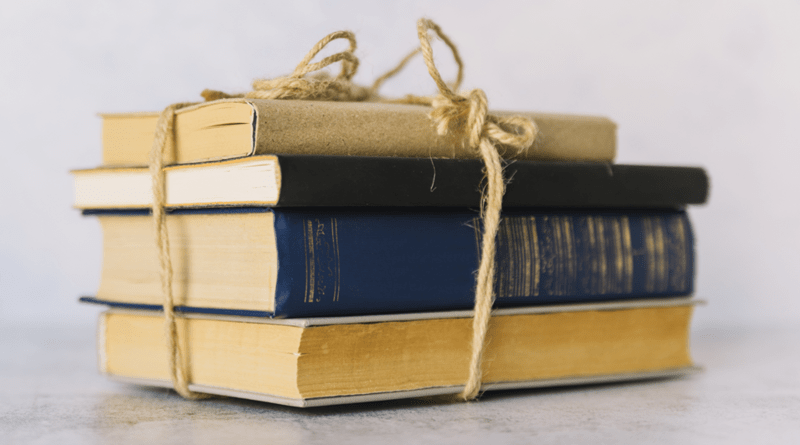Understanding Trademark Infringement
What are Trademarks?
Trademarks are symbols, names, or phrases legally registered to represent a company or product. They help distinguish the goods or services of one business from those of others and protect the brand’s identity and reputation. Trademarks are important because they protect a company’s brand, making it easy for customers to recognise their products or services. Trademarks prevent others from using a company’s logos or names, protecting its reputation and helping it succeed in the market.
Therefore, a trademark infringement would occur if a trademark were used without permission and causes confusion about the source of goods or services. This involves unauthorised use of logos, brand names, or other distinctive signs that are legally protected. Infringement can lead to legal action, including lawsuits, fines and demands to stop using the infringing marks. Respecting trademarks ensures clarity and fairness in the marketplace.
Types of Trademarks:
-
Word Marks: Brand names like Coca-Cola, Nando’s or DSTV
-
Logos: Symbols or designs like the Footwox, Nike or Jumia logo.
-
Slogans: Catchphrases like “The Pride of Africa” used in Ethiopian Airlines or “Spreading the Cheer” Castle Lager used in South Africa and other African countries.
-
Sounds: Unique sounds like the Nokia tune and the Coca-Cola “Taste the Feeling” jingle.
-
Colours: Specific colours tied to a brand, like Dangote’s blue and white and Vodacom’s Red and White.
-
Shapes: Distinctive product shapes like the Coca-Cola bottle.
-
Motion Marks: Animated logos, like the African Wildlife Foundation’s logo.
-
Holograms: 3D images used as trademarks like Shoprite Holdings stylised “S” shape.
Understanding these helps you use and respect trademarks correctly.
Types of Trademark Infringement:
-
Direct Infringement: This happens when a person uses a trademark like another, which confuses where the products or services come from. For instance, an African publisher using a logo identical to a renowned publisher without permission could be a direct infringement.
-
Contributory Infringement: Contributory trademark infringement occurs when a person or corporation is held liable for secondary infringement of a trademark copyright or patent without directly engaging in activities that legally constitute infringement. For example, a vendor selling T-shirts featuring unauthorised book covers could be held liable, as they facilitate infringement, even if not directly infringing.
-
Vicarious Infringement: Vicarious infringement occurs when a person profits from or controls another’s infringement. In Ghana, despite copyright laws, enforcement is challenging. A bookstore selling pirated books could be held liable for vicarious infringement if it controlled and profited from the infringing activities.
-
Dilution: This happens when a trademark’s uniqueness or reputation is harmed even if there is no direct competition. Dilution in trademark infringement refers to the weakening of a famous mark’s unique identity. For instance, in Africa, if a new publishing house uses a logo similar to a well-known publisher, it could dilute the famous mark’s distinctiveness, even without causing confusion.
-
Counterfeiting: Counterfeiting in trademark infringement involves making and selling fake goods that look just like the real thing using identical trademarks. For example, in Africa, a new publisher might print books with a logo nearly identical to a renowned African publisher’s, constituting counterfeiting.
How to Avoid Trademark Infringement
Best practices for using trademarks.
-
Get it Right: Spell trademarks correctly and use them in their proper form.
-
Show Some Love: Treat trademarks with respect, do not change them or minimise them in daily use.
-
Give Credit: When you use a trademark, give credit to the owners.
-
Keep it Clear: Do not allow people to believe a company is endorsing a product they are not. Do not intentionally deceive consumers astray.
-
Ask for Permission: Ask for permission to use a trademark, especially if it is for something important.
-
Play Fair: Learn about fair use rules so you can use trademarks in a fair and respectful way.
-
Seek legal counsel: When in doubt, talk to lawyer to make sure you are on the right track.
Seeking Permission for Trademark Use
To seek permission for trademark use, identify the owner, contact them with a clear request, propose terms, wait for a response, negotiate if necessary and ensure the agreement is in writing. Respect and clarity are key to ensuring compliance.
Legal Implications of Trademark Infringement
Here are five legal implications of trademark infringement:.
-
Lawsuits: Using someone’s trademark without permission could lead to legal action, like lawsuits, which can be costly and time consuming.
-
Fines and Penalties: If found guilty of trademark infringement, the penalty could result in a heavy fine.
-
Reputation Damage: Getting caught infringing on a trademark can harm reputation, affecting the business.
-
Loss of Opportunities: Infringement could lead to the loss of business opportunities, as companies may avoid working with an individual or business with a history of trademark issues.
-
Cease and Desist Orders: A cease-and-desist letter could be issued demanding the halt of the use of the trademark, disrupting operations and causing inconvenience.
In our journey of creativity and commerce, respecting trademarks is vital for integrity. and success. By navigating trademark laws with care, we protect our work, foster positive relationships and inspire trust.
-
-
About trademark infringement. (2023, November 30).
-
USPTO https://www.uspto.gov/page/about-trademark-infringement
-
-
-
Goldsmiths & Goldsmiths. (2023, April 12). Trademarks in Nigeria: registration, infringement and enforcement
-
-
https://goldsmithsllp.com/trademarks-in-nigeria-registration-infringement-and-enforcementt




